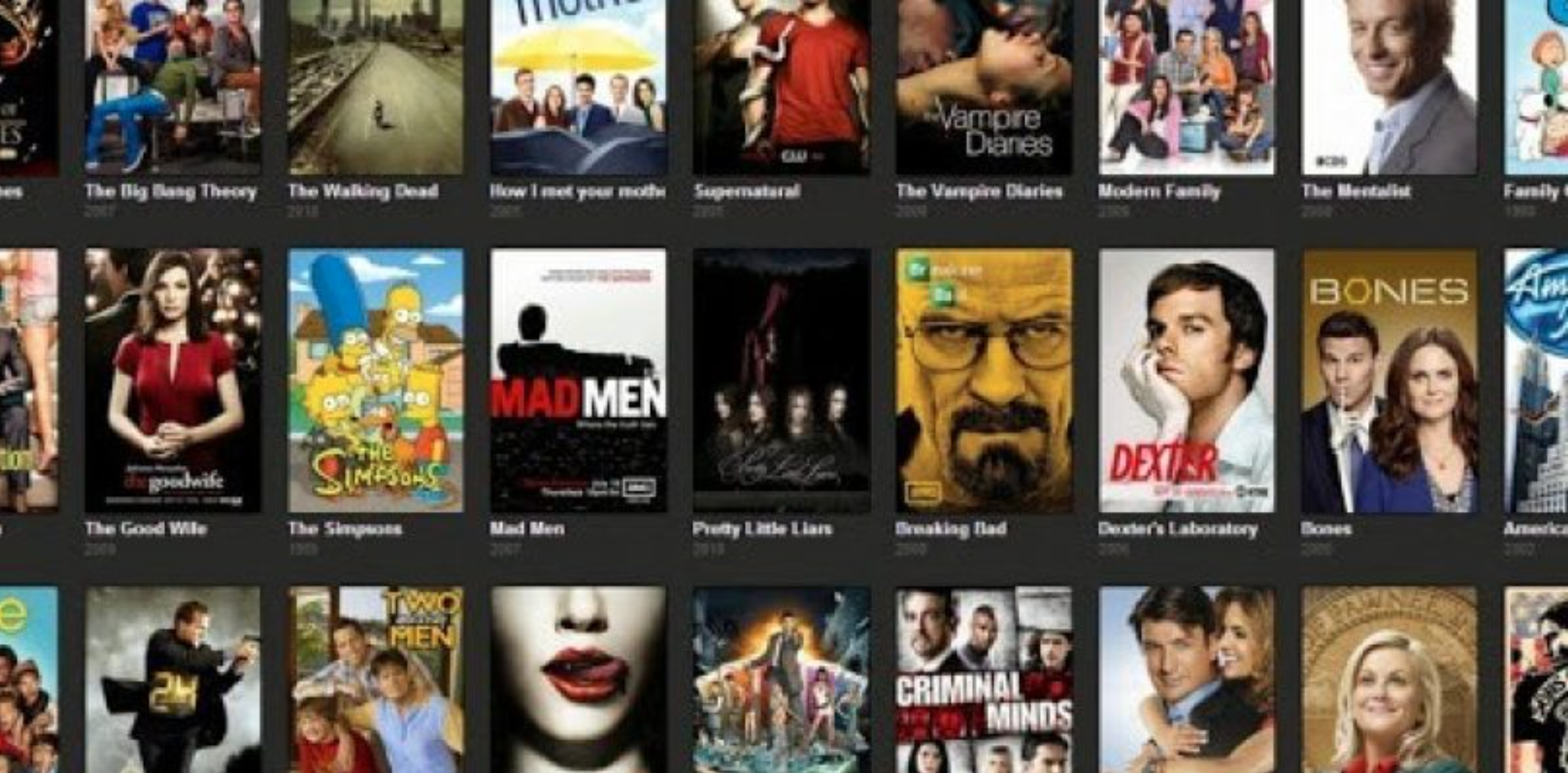If we say online streaming has become a new normal in the post COVID-19 era, we are right to a certain extent.Luckily, viewers have option galore when they want to access their preferred video on demand streaming services online like Netflix, Hulu, Disney Plus, Prime Video, HBO Max, BBC iPlayer, TV Player, ITV Player, etc. as revealed by www.howtowatch.co.nz, a popular Kiwi website.
That said, a question comes to our mind about the technology that has made all these services highly attractive and successful among their subscribers worldwide.
Continue reading this post to know regarding the technology that has played its crucial role in making different streaming services worth buying for their viewers globally.
How does a video stream over the internet?
When you access your desired streaming services such as Netflix, Prime Video, HBO Max, Disney Plus, Peacock, etc. over the internet, you just need to sign-in to your account and that’s it.
However, the backend story is not so simple at all because popular streaming services have been spending millions of dollars for years to offer buffering-free and smooth streaming experiences to their users.
For example, Netflix does rely on its own content delivery system that helps its users watch their favorite movies, shows, and documentaries at the required solution.
Moreover, the famous US-based streaming service depends quite largely on its globally distributed CDN (Content Delivery Network) to provide better viewing experience to its users across the globe.
As you might know, online streaming is not a static medium. Furthermore, the subscribers watch their preferred videos depending on their schedules and streaming demands.
Similarly, they watch videos or other media content on a wide range of devices including desktops, laptops, mobile phones, smart TVs, gaming consoles, etc.
Therefore, all the streaming platforms follow different steps that allow them to deliver videos to their users on their desired devices. These steps are ingestion, transcoding, management, delivery and playback, and chaos engineering.
Ingestion
When it comes to video streaming, viewers usually watch live or recorded (on-demand) content depending on their preferences. As far as live streaming is concerned, the content is stored and played at the same time.
When viewers watch any content live on their screens, the role of ingestion comes in handy. Ingestion is a signal that indicates the live coverage of any particular event. For example, in case a live event takes place in Toronto, the signal from Toronto will be the ingestion.
Transcoding
Transcoding is another step in which a video is transcoded. It means the video is converted from one file format to another.
Management
The management step is all about protecting content in terms of digital rights. Moreover, stakeholders have to include ads in their content if they have an ad-based business model.
Delivery and playback
In this step, a video stream is delivered via the internet and distributed to users across numerous devices accordingly.
Chaos engineering
Netflix has been managing a dedicated chaos engineering department for years to discover and experiment various minor issues that could create problems for its infrastructure.
At times, these minor issues can turn into a huge disaster and take Netflix offline. This is really a commendable strategy as it allows the service to check its existing streaming infrastructure and make it even stronger on a regular basis.
Advantages of content delivery network (CDN)
A CDN (content delivery network) helps media streaming platforms develop a path ideal for reducing the time needed for sending video streams from their origins to viewers eventually.
In short, a CDN performs this extensive process by connecting to servers available throughout the world. Here is the list that includes various benefits streaming platforms are getting through content delivery network (CDN):
Global reach
The best thing about the content delivery network (CDN) is its scalability or global reach that enables streaming services to provide their media content to millions of users across the globe without any delay.
Data security
Data security is another much-needed benefit that allows streaming services to keep their websites and apps secure online. A CDN uses fresh SSL certificates that offer desired levels of encryption, security, and authentication.
Quality
Quality is another important benefit of a CDN by which viewers can enjoy a better online experience while watching their desired shows, movies and other video content without any issues like buffering, freezing, lagging, etc.
Wrapping Things Up
Watching all your favorite media content including blockbuster and award-winning shows, movies, and documentaries is in your hands. Thanks to the internet, you can login to your preferred streaming service online and watch a plethora of video content anytime from anywhere hassle-free.
That said, we should also keep in mind that streaming services spend a lot of human effort, time, money and other essential resources to transform online media streaming into a reality on a daily basis.


